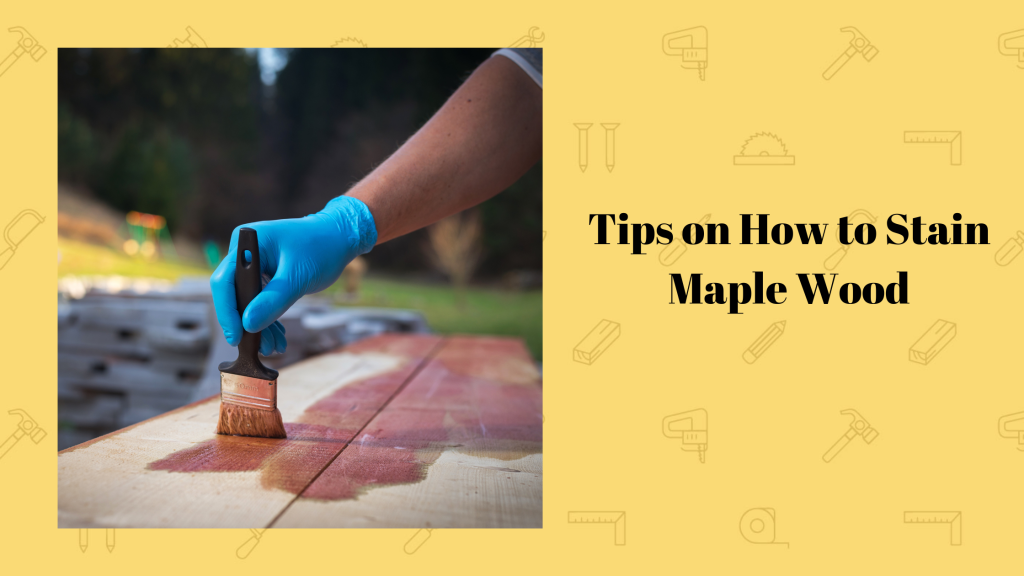Liquid nails vs wood glue is a rivalry as old as modern construction adhesives. They go head-to-head so often that many people use them interchangeably, even though they have nothing in common.
Wood glue and liquid nails serve the same purpose – to stick things together with an incredible grip. Liquid nails and wood glue dry in different durations and work better in different scenarios, but it is pretty common to see both in a carpenter’s toolbox. So, many woodworkers still struggle to pick one for their projects.
Read on as we explore the question of “what is liquid nails used for?”, differentiate wood glue and liquid nails, and determine the best adhesive for your construction projects.
A Small Note on Liquid Nails vs Wood Glue
Before we compare the contenders, let’s understand what each adhesive is:
Wood glue is a common carpenter’s adhesive for bonding woods and wood substitutes together. It is made from either PVA glue or aliphatic resin. Wood glue is quick-drying, so carpenters use it to bond thin pieces of wood when working on smaller projects.
Liquid nails is originally a brand of construction adhesive, but the term is popularly used for all construction adhesives. Think of how OMO is originally a detergent brand, but everyone and their grandma calls all non-soap detergents OMO. Asides from bonding wood, you can use it to preserve the wood and fill cracks.
In this context, we’re comparing the whole categories of wood glue and construction adhesive. So, you should know that their durability will depend on the specific manufacturer.

Liquid Nails vs Wood Glue: How They Behave In Different Scenarios
Now that we have some backstory on the two adhesives, we’ll compare their behavior in different applications. This will help us understand their characteristics and choose the best product for different projects:
Drying Times
How long does it take for wood glue to dry? For the best results, wood glue will need 60 minutes to fully dry. and up to 24 hours to cure completely.
Liquid nails, like other construction-grade adhesives, will take far longer. It’ll use the first 24 hours to dry completely and cure slowly over the next six days. So, liquid nails dry time spells trouble if you’re only working on a quick project.
Final Verdict: Wood glue dries faster
Safety
Wood glue manufacturers tone toxic compounds down because their products are commonly used indoors. For example, most wood glues are derived from PVA, which is safe to use at home and in poorly ventilated areas.
On the other hand, liquid nails is a bit hardcore. Since it is specially designed for construction work, liquid nails might emit toxic fumes as it dries, so you’ll need to follow safety protocols. This doesn’t mean liquid nails are totally bad, but before it cures, it isn’t the safest adhesive around humans and animals.
Final Verdict: Wood glue is safer overall
Bond
Liquid nails easily win this comparison to wood glue. They are formulated with incredibly strong bonding properties for gluing large-scale wood projects together. As long as you allow the appropriate time to dry and cure, liquid nails will give you amazing results.
Don’t get me wrong, wood glue will still get you strong bonds. But, its adhesive nature is best suited to simple woodwork and carpentry projects.
Final Verdict: Liquid nails bond better
Ease of Applications
Wood glue is easy to apply because of its water-based consistency and viscosity. Think of white Elmer’s glue in the sense that you can easily peel it off in case of an accident (or 10). I’ve even used wood glue and Elmer’s in place of the other.
On the other hand, liquid nails is exactly how you’d expect it to be. It is a viscous, brown substance you’d either find in a small flexible tube or a large cardboard one.
Final Verdict: Wood glue is easier to apply.
Cost
When it comes to costs, liquid nails, and wood glue have a decent gap. My go-to wood glue is the Gorilla Clear Wood Glue, but the general range is between $3-$40.
Liquid nails is a little cheaper. I don’t have any recommendations, but if it helps, I’ve been buying this 2.5oz tube of Liquid Nails lately.
Final Verdict: Liquid nails is cheaper

Cleanup
Compared to liquid nails, wood glue is a dream to clean. Wood glue dissolves in water, so you can easily wipe it off with a wet rag.
Liquid nails, on the other hand, doesn’t wipe so easily. It’ll yield to soap and water, but not nearly like wood glue, so you might need mineral spirits. But, vaseline or oil will help get it off your skin.
Final Verdict: Wood glue is easier to clean
Liquid Nails vs Wood Glue: Advantages and Disadvantages
Liquid nails and wood glue are tricky enough to mix up because you’ll often see them in the same context. Heck, I’ve had my fair share of 3 am vigils, washing and switching out liquid nails because it won’t dry.
These advantages and disadvantages should clear up any questions about the two adhesives:
| Characteristics | Liquid Nails | Wood Glue |
| Ease of Use | It harder apply than wood glue, but has a more powerful grip | Wood glue is easier to apply and great for beginners |
| Versatility | Ranges across outdoor, large scale wood projects | Ranges across simple wood crafts and projects |
| Cost | $3 to $20 | $2 to $40 |
| Shelf life | Two years | One year |
| Safety | Liquid nails may emit fumes as it dries, making it unsafe for indoor application and better outdoors | Wood glue is perfect for everyday indoor projects |
Liquid Nails vs Wood Glue: Which for When?
If you’re a born wood-lover like me, then liquid nails and wood glue both have a place in your toolbox. But, it can be tricky to choose, especially if you’re just getting started with woodwork.
Let this guide help you choose the right adhesive for your project:
1. Are you piecing wood together?
Then, liquid nails will do the job. In scenarios where you need a raw grip, wood glue won’t do as much as liquid nails. This is why carpenters use liquid nails in heavy structural projects.
2. Are you sealing gaps?
Wood glue isn’t always thick enough to fill gaps, and it dries flat. Here, you’ll need the viscous liquid nails to fill up the cracks.
3. Is this a quick project?
Liquid nails is an absolute for quick projects because it won’t dry and cure in time. Here, I’d use wood glue to give me a quick and seamless bond.
4. What can I use instead of nail glue to keep my hands clean?
Stick to wood glue. Liquid nails is far too tricky for projects where you can’t dive in old pajamas and all.
Frequently Asked Questions
Is Liquid Nails Stronger Than Wood Glue?
Liquid nails is easily stronger than wood glue. It forms a stronger bond and lasts longer, but wood glue is fast-drying and more beginner friendly.
What is The Strongest Glue To Use on Wood?
The strongest glue to use on wood is the Gorilla Clear Wood Glue. It bonds hard and fast, and it is one of the strongest wood glues for hardwood and quick projects.
Is Liquid Nails Just Glue?
Liquid nails isn’t just glue. It is an industrial-grade adhesive specially made for large or construction projects. So, the bonds are stronger and they last longer.
Is Liquid Nails Permanent?
Liquid nails is usually permanent because it is water-proof and wear-resistant. It may take longer to dry and cure, but you are always guaranteed of a superior bond.
Let’s Review
Liquid nails and wood glue need to stop their rivalry and accept their unique spots in the carpentry toolkit.
To settle the liquid nails vs wood glue feud – Liquid nails is stronger and thicker, making it perfect for heavy-duty or large-scale construction. And, wood glue is simple, effective, and built for everyday woodwork.
Anything else is just starting a fight!
*This post may contain affiliate links. Please see my disclosure to learn more.



